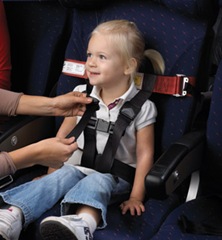 Since many parents and grandparents are planning winter and spring vacations, they need to consider what it means to travel with small children. Many people who take their children under two years of age aboard an airplane feel holding them on their laps is a safe way of keeping them secured. While it is legal to fly with your toddler on your lap, the Federal Aviation Authority, (FAA), strongly urges that all children aboard an airplane, no matter how old, use an appropriate child restraint system, (CRS), to limit the possibility of injury.
Since many parents and grandparents are planning winter and spring vacations, they need to consider what it means to travel with small children. Many people who take their children under two years of age aboard an airplane feel holding them on their laps is a safe way of keeping them secured. While it is legal to fly with your toddler on your lap, the Federal Aviation Authority, (FAA), strongly urges that all children aboard an airplane, no matter how old, use an appropriate child restraint system, (CRS), to limit the possibility of injury.
In the event of an air accident, or even in the case of turbulence during the flight, a CRS provides optimum protection for the child. Parents need to know the differences between a CRS and a child safety device, as only a government-approved CRS with a label stating; “This restraint is certified for use in motor vehicles and aircraft” will be allowed on board. An unauthorized child safety device will require that you check it through as luggage. If you do have a child safety system, make sure it contains the wording “FAA approved in accordance with 14CFR 21.305(d), Approved for aircraft use only” on it. And if you try to board the plane with the intention of using a booster seat or harness vest type of restraint system, be aware that the FAA prohibits passengers from using them during plane taxi, take off and landing.
According to the website www.airsafe.com, there are several things you can do before you head to the airport to catch your flight:
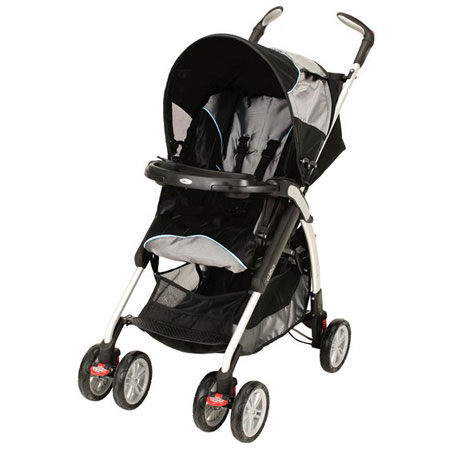 Wednesday, January 20th, two different products were recalled because they were found to have the potential to cause serious injury or even death.
Wednesday, January 20th, two different products were recalled because they were found to have the potential to cause serious injury or even death. Florida Injury Lawyer Blog
Florida Injury Lawyer Blog


 Since many parents and grandparents are planning winter and spring vacations, they need to consider what it means to travel with small children. Many people who take their children under two years of age aboard an airplane feel holding them on their laps is a safe way of keeping them secured. While it is legal to fly with your toddler on your lap, the Federal Aviation Authority, (FAA), strongly urges that all children aboard an airplane, no matter how old, use an appropriate child restraint system, (CRS), to limit the possibility of injury.
Since many parents and grandparents are planning winter and spring vacations, they need to consider what it means to travel with small children. Many people who take their children under two years of age aboard an airplane feel holding them on their laps is a safe way of keeping them secured. While it is legal to fly with your toddler on your lap, the Federal Aviation Authority, (FAA), strongly urges that all children aboard an airplane, no matter how old, use an appropriate child restraint system, (CRS), to limit the possibility of injury.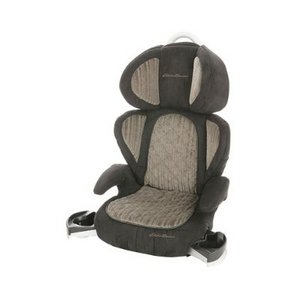 The
The 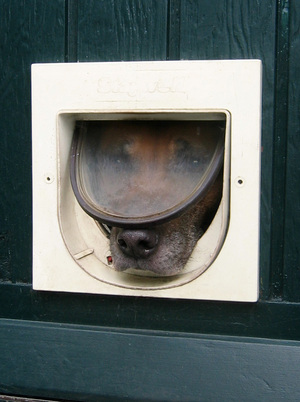
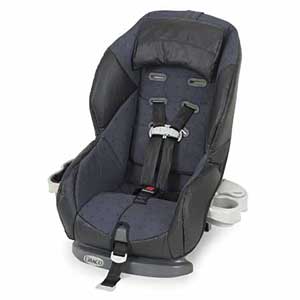 An automobile accident can be a devastating, life-altering experience. But when the accident causes injury to a child, it is often due to the improper use of child safety seats in vehicles. The National Highway Traffic Safety Administration, (NHTSA), estimates that deaths and injuries to children caused by car crashes could be reduced by 50% if every child passenger were properly buckled up. Sadly, many parents think their child safety seat is properly installed when it is not.
An automobile accident can be a devastating, life-altering experience. But when the accident causes injury to a child, it is often due to the improper use of child safety seats in vehicles. The National Highway Traffic Safety Administration, (NHTSA), estimates that deaths and injuries to children caused by car crashes could be reduced by 50% if every child passenger were properly buckled up. Sadly, many parents think their child safety seat is properly installed when it is not.  With the beginning of another school year right around the corner,
With the beginning of another school year right around the corner, 


